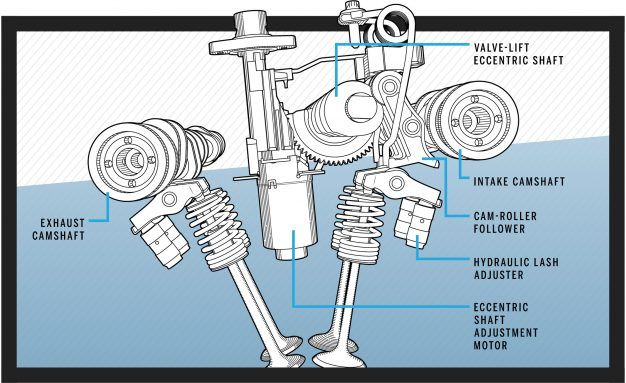Variable valve tech and what it does in your car

Introduction
Today, modern automobiles are becoming increasingly efficient and powerful, all thanks to advances in engineering and technology. One such innovation is variable valve technology (VVT), a system that optimizes an engine’s performance, improving its efficiency and power output. By understanding the role VVT plays in your car, you can appreciate the complexities and advantages of this technology.
Understanding the Basics of an Engine
Before diving into variable valve technology, it’s essential to grasp how an internal combustion engine operates. An engine consists of several components, such as pistons, connecting rods, and valves. For most engines, four strokes are needed to complete a cycle: intake, compression, power, and exhaust. Valves play a crucial part by ensuring proper airflow during these strokes.
The Role of Valves in an Engine
Intake and exhaust valves are responsible for controlling the flow of air/fuel mixture into the engine’s cylinders during the intake stroke and releasing exhaust gases during the exhaust stroke. The timing of valve opening and closing is critical to an engine’s performance; if not timed properly, efficiency can be lost or even result in damage to the engine.
What is Variable Valve Technology?
Variable valve technology is a system that can dynamically adjust the timing of intake or exhaust valves’ opening and closing during operation. Through these adjustments, VVT enables an engine to optimize its performance under various driving conditions. It does so by varying the rotation between camshafts – the mechanism that drives the opening and closing of valves – and crankshaft – which turns as a result of piston movements.
Benefits of Variable Valve Technology
1. Enhanced Performance: By continuously adapting the valve timing according to driving conditions, VVT ensures that your engine always performs at optimum efficiency.
2. Improved Fuel Economy: Since VVT adjusts valve timings for optimal output, it ensures fuel combustion is carried out efficiently throughout the engine’s operation. This results in better fuel economy and reduced emissions.
3. Increased Power Output: VVT allows engines to generate more power by optimizing valve timings without sacrificing fuel efficiency or increasing emissions.
4. Reduced Emissions: By optimizing combustion throughout the engine’s operating range, VVT helps reduce harmful exhaust emissions, contributing to a greener environment.
5. Smoother Idling and Throttle Response: With VVT in place, the engine can respond faster to throttle inputs, providing smooth acceleration and idling performance.
In Conclusion
Variable valve technology has revolutionized modern engines, making them smarter and more efficient than ever before. By embracing this innovation in your car, you can enjoy improved fuel efficiency, reduced emissions, and enhanced performance, among other benefits. As technology continues to advance, there is no doubt that we will witness further breakthroughs in engine performance optimization, paving the way for even more sophisticated systems in the future.





